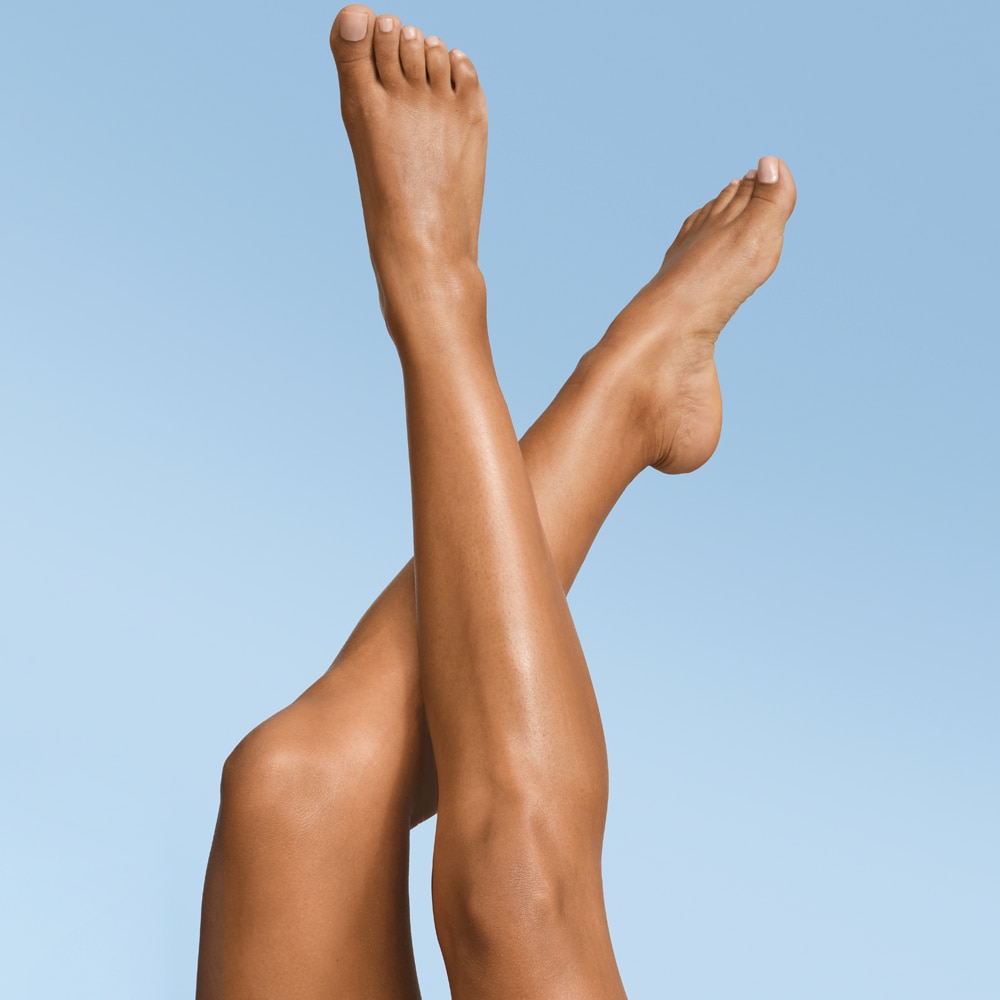Skip to content
6 ways to get rid of oily skin! Learn more about oily skin: causes, symptoms and read our easy at-home treatments to reduce oily skin and prevent acne!
Causes and Treatments for Oily Skin Explained
What causes oily skin?
Sebum—a.k.a. the oil on your skin—is a fatty, thick liquid produced by your sebaceous glands¹ to keep hair and skin moisturized. Excess sebum, however, can lead to acne breakouts in addition to unwanted shine and an oily complexion.
Both hormones and genes affect how much sebum your skin produces². During puberty, the skin’s oil glands mature and go into overdrive, creating an abundance of the androgen hormones that increase sebum production and eventually lead to acne.
What does oily skin do?
Beyond acne, an overproduction of sebum can cause greasy hair. Still, oil production is beneficial for skin’s health, so don’t try to over-wash oily skin. Always use a gentle cleanser and moisturize with a non-comedogenic product like Vaseline® Jelly to protect your skin barrier.
How to get rid of oily skin?
While there are no cure-all oily skin remedies, there are plenty of daily habits and preventative measures you can use to mitigate uncomfortably oily skin—regardless of stress or hormone levels. Ahead, seven ideas for how to stop oily skin.
- Stay hydrated
Dehydrated skin produces excess sebum in an attempt to keep itself moisturized, potentially creating an environment for increased acne breakouts.
- Keep your skin clean³
Many professionals recommend using a gentle cleanser twice a day to reduce sebum buildup and remove any dirt or pollutants from skin. Avoid washing more than twice a day or with overly hot water. Doing either can over-dry skin, which causes your body to overcompensate by actually increasing oil production in order to keep skin hydrated.
- Use an astringent
A gentle astringent³ toner is one of many oily skin remedies. Use once a day to remove excess oil and keep oily skin at bay. As with cleansers, be careful not to overuse astringent toners—doing so might cause skin to produce more oil as a result.
- Use a noncomedogenic moisturizer⁴
Avoid skin’s overcompensation response by applying a non-comedogenic product like Vaseline® Jelly to help prevent skin from drying out after cleansing and toning.
- Avoid pore-clogging ingredients
Certain ingredients found in everyday makeup can lead to acne when applied to oily skin. Always be sure to check ingredient labels when purchasing makeup.
- Always remove makeup before bed
One of the simplest ways to avoid an unwanted acne breakout is to remove makeup before going to sleep. Those who have oily but not acne-prone skin should consider using Vaseline® Jelly to easily remove makeup—even waterproof mascara—before bedtime.
Oily skin can be annoying at times, but sebum is crucial to maintaining healthy skin. Sebum keeps your skin moist, soft, and pliable, which slows down the aging process and prevents wrinkles as you age. Furthermore, it helps to protect skin’s barrier.
Expert Advice
The advice in this article does not constitute medical advice, it is solely available for information purposes. Learn more about oily skin type and get tips on how to get rid of oily skin.
1 “University Health Service.” Acne | University Health Service, www.uhs.umich.edu/acne.
2 “Oily Skin.” MedlinePlus Medical Encyclopedia, medlineplus.gov/ency/article/002043.htm.
3 “What Can I Do to Take Care of My Very Oily Hair and Skin?” What Can I Do to Take Care of My Very Oily Hair and Skin?| Go Ask Alice!, goaskalice.
4 “Moisturizers: Options for Softer Skin.” Mayo Clinic, 13 Oct. 2016, www.mayo.edu/diseases-conditions/dry-skin/in-depth/moisturizers/art-20044232.












